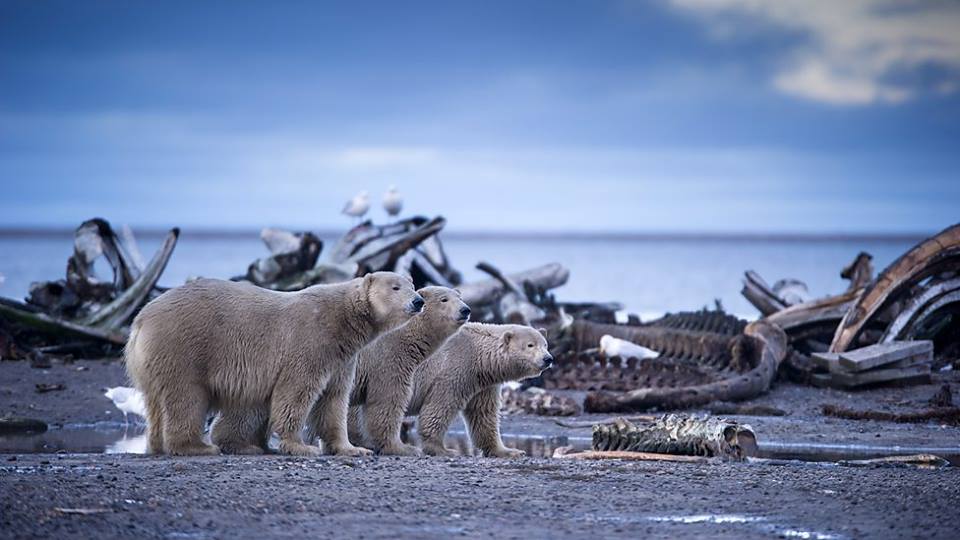Many territories of the Russian Federation are considered regions of the Far North. They have the most difficult climatic conditions, which are hardly tolerated by those who are not permanent residents of such regions. The list of these places is constantly changing and supplemented due to global climate change. However, living and working in the Far North give people a huge range of guarantees and benefits in relation to wages, vacation and pension accruals.
Geographic location
The lands located in the northern part of the Arctic Circle are known for their unusually harsh climate, sparse vegetation, and not particularly rich wildlife. But people live here too. These territories are usually called regions of the Far North. Here, the natural zones are represented by forest-tundra, the Arctic zone, northern taiga and tundra.
There is a legalized provision related to the regulation of various cash payments to people living in places with fairly severe climatic conditions. Below are examples of territories and individual registered lands, which are usually ranked as districts of the Far North. Their brief characteristics will also be given.
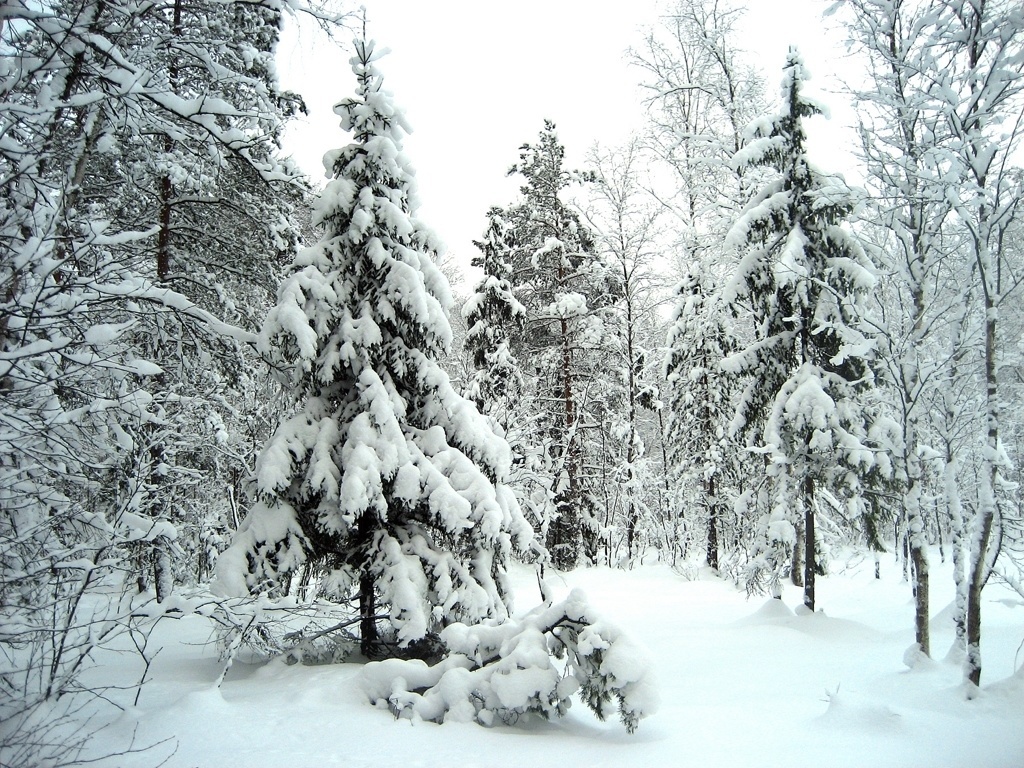
Territories of Russia equated to regions of the Far North
Some zones of our vast country are legislatively such regions, without dividing and isolating individual settlements from them. The list of regions of the Far North is as follows:
- Magadan and Murmansk regions.
- Islands in the Sea of Okhotsk and the Bering Sea, as well as in the Arctic Ocean.
- The entire area of the Kamchatka Territory.
- Yakutia and the Chukotka Autonomous Okrug.
The remaining regions have the status of regions equated to the Far North. There were a lot of such in the whole Russian Federation:
- Republic of Altai and Buryatia (Burguzinsky, Kosh-Agachsky districts, etc.).
- Amur, Arkhangelsk, Irkutsk regions with their cities Zeya and Tynda, Mirny, Plesetsk, Kholmogorsky and many others.
- Trans-Baikal Territory, Krasnoyarsk, Perm, Primorsky, in which 26 cities, districts, territories and villages are distinguished, which are regions of the Far North.
- Do not forget about the harsh weather conditions of the Sakhalin, Tomsk, Tyumen regions. This is Yuzhno-Sakhalinsk, the city of the Khanty-Mansi Autonomous Okrug - Ugra and others.
- Republics of Komi and Tuva, where Ukhta, Pechora, Kyzyl are distinguished.
- Khabarovsk Territory (Komsomolsk-on-Amur, Amursk, Sovetskaya Gavan and others), as well as the Leningrad Region with an insignificant coefficient in the Podporozhsky district.

Legal issues of payroll and vacation
The Tax Code of the Russian Federation, chapter 25, regulates vacation pay and wages. It states that vacation in the Far North is calculated on the basis of the main and additional (twenty-four days), and for residents in areas equivalent to the Constitutional Court, the last paragraph is fourteen days. For those parents who have children under 16 years of age, the Labor Code provides for one additional day off per week at the expense of the employee (of course, it is taken as necessary).
In the regions of the Far North, wage increases in each region are different. For example, in the Krasnoyarsk Territory, the premium coefficient is estimated at thirty percent for people who are in the service of the state.
Benefits for residents of such areas
For employees located in areas of the Far North, according to the list above, preferential conditions are provided in different areas of life. They were established even under Tsarist Russia.After the Bolsheviks conquered power in 1932, the benefits were revised, but retained. And during World War II they were completely canceled. However, at the end of hostilities and the establishment of peace, such privileges were returned to the inhabitants, but the number of areas equated to the Far North decreased significantly.
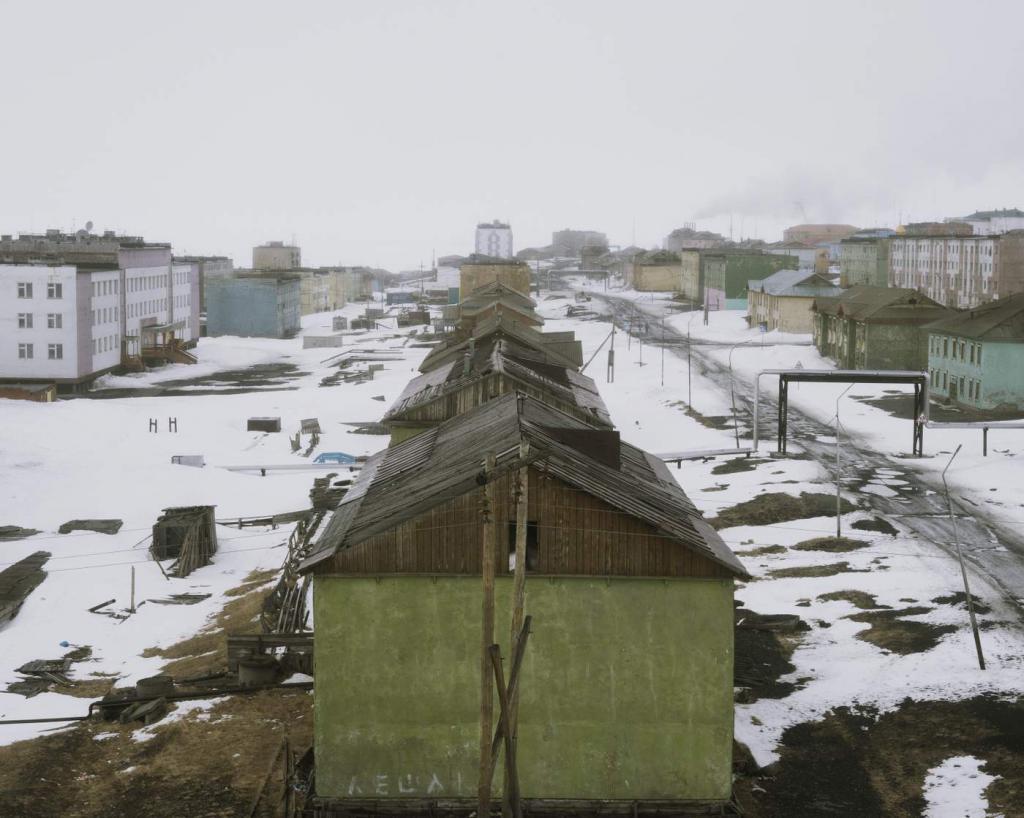
Today in the Russian Federation there is a special system of benefits, which includes several groups. The benefits of the first group include:
- Additional leave and surcharges for disability benefits.
- Salary supplements (taking into account the experience gained in the Far North).
- Retirement Benefits.
There are preferential payments for some separate categories of employees of the COP:
- Increased compensation when moving to a workplace.
- Refund of all expenses after the termination of the employment contract and return to your permanent residence,
- Preferential conditions for recalculating seniority for those workers who arrived in areas equated to the Far North at least three years before submitting documents for making pension payments. There are other important privileges.
Retirement age and male benefits
According to the law of the Russian Federation "On insurance pensions", for men who have arrived to work in the Far North and want to apply for retirement, it is necessary to meet the mandatory conditions:
- Be at the age of 55 years, taking into account the continuation of labor or 50 with the condition of termination;
- Have an insurance experience of 25 years with continued performance of work duties and 20 years with their termination.
- The length of service should be equal to 15 years of work in the Far North.
The procedure for retirement of the female part of the population of the northern territories
In order for a woman to retire ahead of schedule, she must earn twenty years of insurance experience, at least fifteen calendar years of work experience (from 2018) and reach 50 years of age. In the presence of two or more children, the length of service may be twelve calendar years.
If a woman has worked for at least twenty years as a reindeer herder, hunter or fisherman (with permanent residence in the Far North), she can retire at the age of 45.
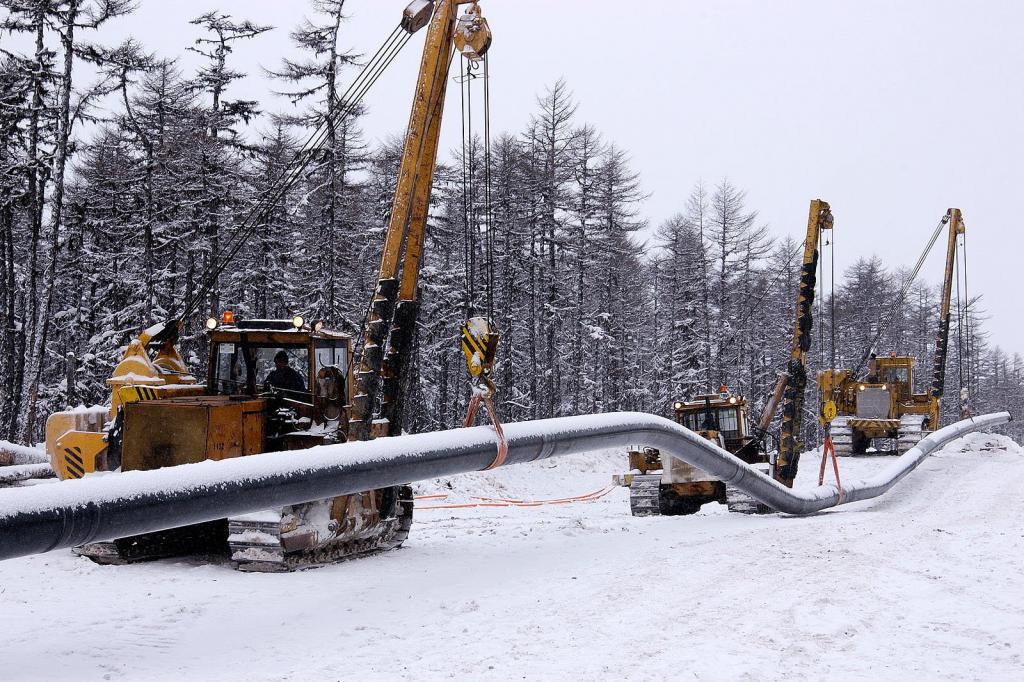
Why go to the territory of eternal cold
Many people voluntarily leave the territory covered with snow and blown by northerly winds from year to year. But for what? Everyone knows that salaries, even in areas equated to regions of the Far North, are much higher than the average Moscow. In addition to good earnings, employees are aware of all the preferential holidays and other utilities that can be obtained from the calculation of the work performed in such a territory. Most often they go to the Far North to work on a rotational basis in the oil and gas spheres.
Shift Work: Requirements for Employment
What are the requirements for working in the Far North? Given that the conditions in such regions are harsh, it is first necessary to have excellent health. Experience in a specialty in a temperate climate is also desirable. Retraining and starting from scratch in permafrost areas is not the most reasonable option. No less important is the fact of the ability to conduct documentary work with papers. For example, a construction superintendent takes about eighty percent paperwork.
Once a year, all workers need to undergo a special medical commission, after which an official paper is issued stating that they are suitable for work in the Far North. After the employer has agreed to accept you, you will be required to have a TIN and a labor one, that is, they will do the work for the shift workers themselves who have expressed a desire to work.
What you need to know about working in the far north before signing a contract
Usually the quality of the work performed depends on the colleagues. That is, a good team of professionals will be a plus. But not all can withstand such serious conditions.The point may be not only in frosts and winds, but also in the fact that these climatic conditions (especially days and nights, lasting for six months), have a depressing effect on the nervous system. Because of this, squabbles and quarrels can be observed in the teams.
But the landscapes are beautiful in their own way. Surprisingly, the fact that in such areas the locals do not drink strong alcohol. Perhaps due to its absence in sufficient quantities. Before going home, here you can exchange a couple pounds of red caviar for a bottle of vodka. Workers are strictly forbidden to drink during the shift, as this can cause an extremely dangerous situation in the oil field.

To the minuses of these territories, one can add the inaccessibility of the terrain in the main regions of the Far North for the delivery of products. Sometimes a two-week blizzard begins here. This means that for two weeks workers may not see replenishment of food supplies and bread.
What transport connection is possible among the snows
With some areas of the Far North there is only maritime communication. This is the shortest way to deliver finished products from Siberian and Far Eastern regions to European countries. Inside the territories themselves, whether it be the tundra or the Arctic zone, it is very difficult to establish a traffic connection.
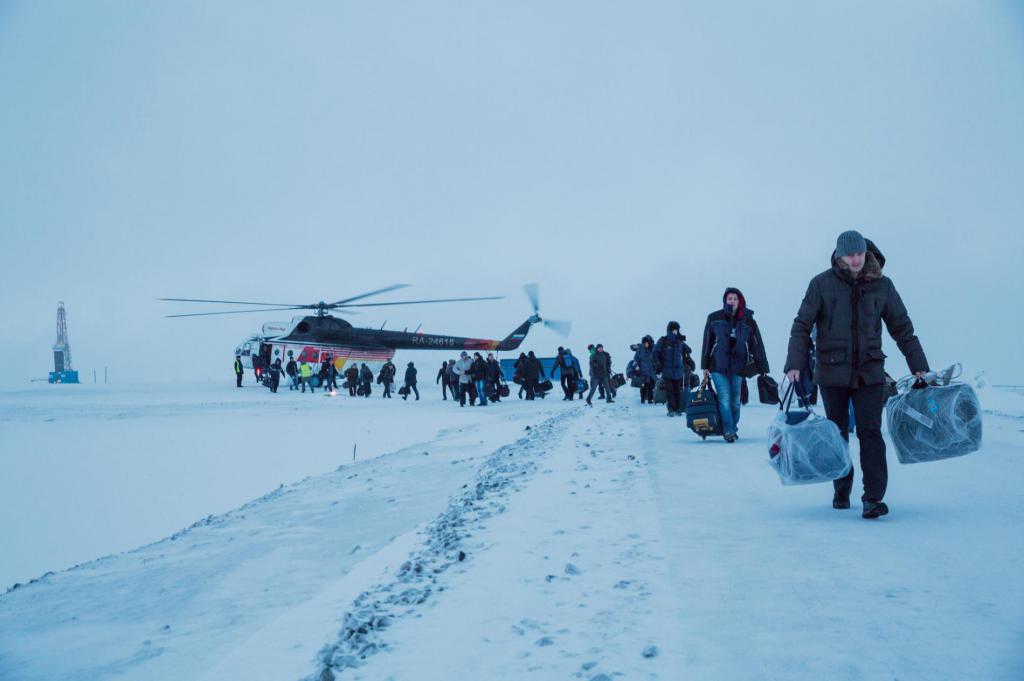
Frozen processes destroy railways and roads. At the moment, there is not a single good roadway that has withstood such cold conditions. Repairing local embankments is very expensive, so the main freight deliveries are made in the winter season, driving through the winter roads. Almost all buildings are built here on stilts hammered into solid frozen ground 15 meters deep.
Living conditions
Cities, towns and regions of the Far North are not very densely populated. There are about 12 million people. The total area of such territories is twelve million square kilometers. This is almost seventy percent of the entire territory of the Russian Federation. Among the population there are both indigenous peoples of Siberia and the Far East (Karelians, Komi, Yakuts, Buryats, Markovites, Russian Ustyins, Kodchane, Yakutians), and temporary visitors.
Indigenous people are more adapted to climatic conditions, morally more stable and tolerate permafrost life much easier. Scientists have proven the existence of "polar tension syndrome." Basically, it manifests itself in those who come for a short amount of time (up to three months). Psycho-emotional changes may begin due to being in too high latitudes and in northern climates. Changed metabolic processes can also affect the psyche negatively.
The Far North has the strongest geomagnetic disturbances, which lead to changes in the oxidative processes of the human body and to structural perturbations of cell membranes. This means that cells experience oxygen starvation, in them the processes of reactions to external stimuli are inhibited and the functioning of receptors is disrupted. Sometimes there comes a general metabolic disturbance in all internal organs, the brain and central nervous system begin to suffer. The person has symptoms of fatigue, he is in tension from the moment of awakening to bedtime. He also slows down the process of perceiving information and thought processes.

Especially often, such difficulties arise during the polar night, when the darkness lasts around the clock. If the shift worker arrives in the region of the Far North during this period, then he will not be able to adapt to the conditions in principle. Moreover, he can aggravate all hidden diseases, which he had not anticipated.
